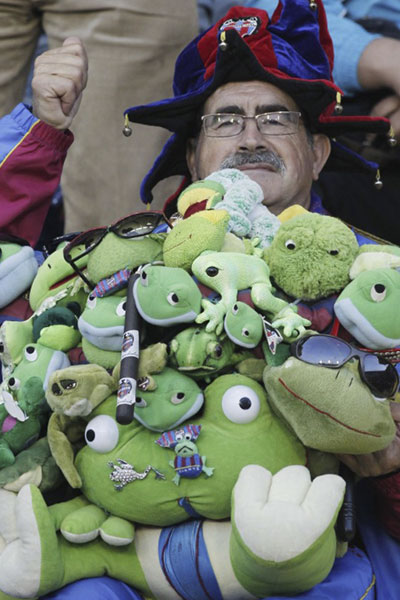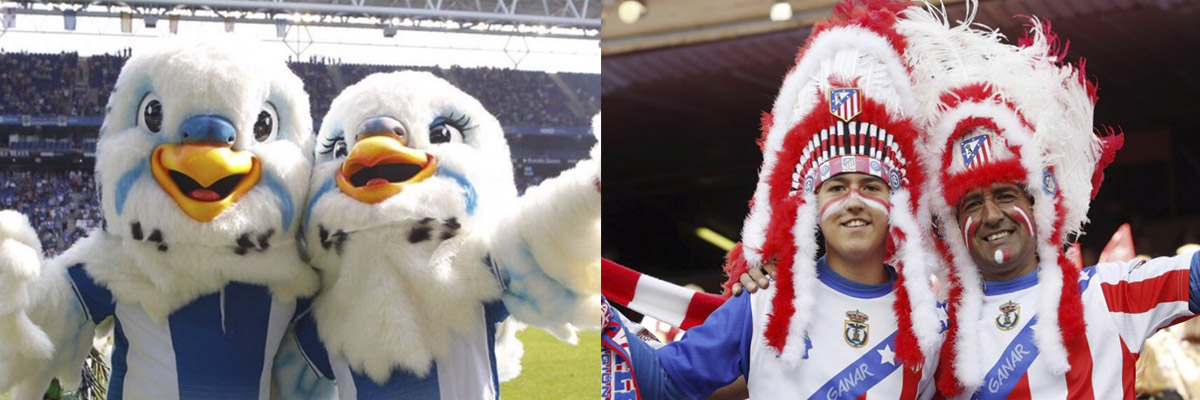Lots of Spanish teams have nicknames but we often don’t know why they got them. I’ve picked the ones that appeal most to me as they are not derivatives of either the team’s origin, as is the case of Real Zaragoza (“maños”) and Real Valladolid (“pucelanos”), or the colour of its shirt, like Getafe CF(“azulones”) Real Sociedad (“txuriurdines” which means blue and white in Basque) and Rayo Vallecano (“franjirrojos”).
See if you like the stories behind the nicknames of these ten Spanish teams:
1. Athletic de Bilbao – Leones
The origins of the nickname “The Lions” and the name of the San Mamés stadium are linked. It’s all to do with the location of the ground, near a hermitage that venerates this saint (San Mamés), whose legend explains the dubbing of Athletic fans “lions”. San Mamés was a martyr who was born in the 3rd century. He was a Christian and was tortured and persecuted by the Romans to make him abandon his faith. The legend goes that they took him to the Coliseum to be eaten by lions, but Mamés managed to tame the beasts and instead of going on the attack they lay down in front of him.
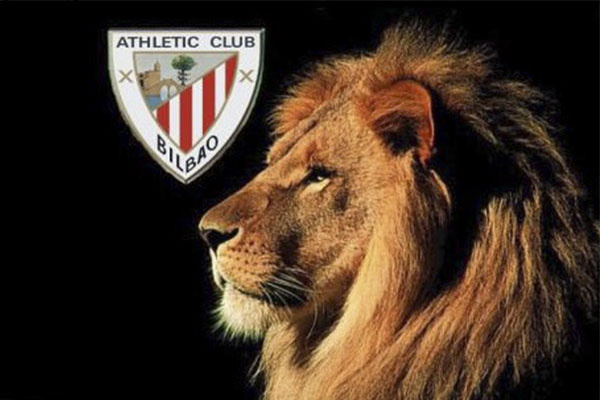
2. Atlético de Madrid – Colchoneros or Indios
The term “colchoneros” has its origin in the similarity of design between the red and white striped fabric that was formerly used to cover mattresses (colchones in Spanish) and that of the Atlético de Madrid club shirt.
The second nickname came from Atletico’s great rival Real Madrid. It refers to the appearance of the South American players like Ayala, Heredia, Panadero Díaz that the club signed in the seventies who were dark-skinned, hence the name Indians or “indios”.
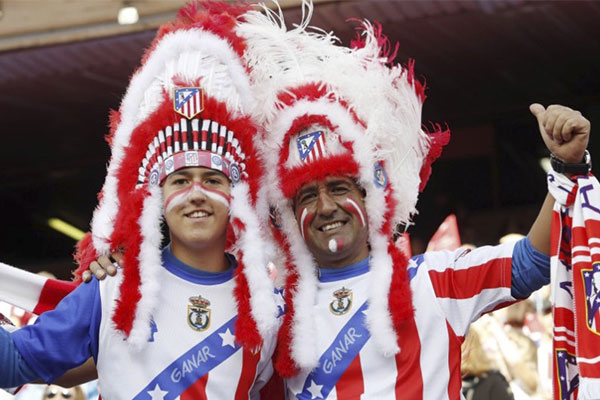
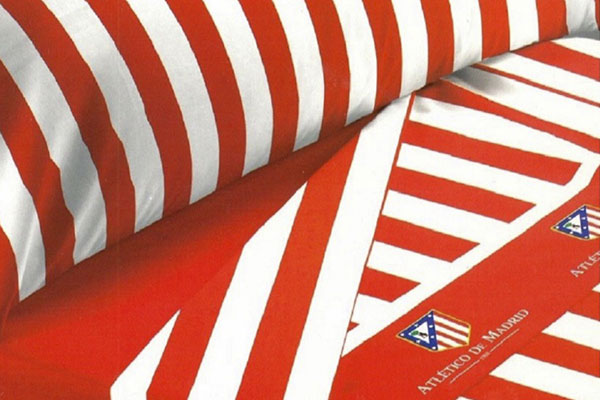
3. FC Barcelona – Culés
From 1909 to 1922, Barcelona played on a ground located in the Calle de la Industria, popularly known as “La Escopidora”. It had a two-storey grandstand, a capacity for 6,000 people, and on full days the fans used to sit on top of the wall that surrounded the stadium. From the street below all you could see was a row of rears (bottoms/behinds), or culers belonging to the supporters who were packed into the stands. Since then, culé has stuck as a nickname for Barcelona fans.
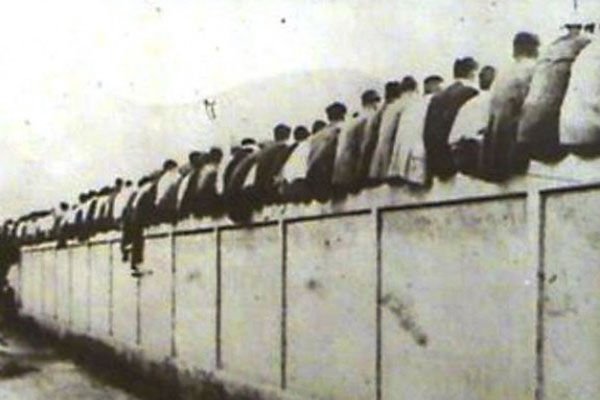
4. RCD Espanyol – Pericos
The most popular version of the origin of the moniker “parakeets” dates back to the beginning of the 20th century where Espanyol moved to the Sarriá Stadium, where they would play between 1923 and 1997. There were apparently numerous trees in the area around the stadium from where you could see a large number of birds of this species (parakeets) flying over the football ground.
Another story has its origin in the satirical weekly ‘El Xut’ and in the popularization of the film ‘Félix el Gato’, which appeared in Spain in the 1920s as ‘El Gato Periquito’. At the height of the Parakeet Cat, the cartoonist Valentí Castanys made a cover for a magazine about the transfer of Ricardo Zamora to Madrid (1930). It depicted four cats, with a certain resemblance to the Parakeet Cat, saying to each other “Whatever happens , with or without Zamora, we will always be the same ”. The cartoonist thus was poking fun at the fans and Espanyol generally, whose potential didn’t compare with Real Madrid and Barcelona. Since that publication, the name “perico” or “periquito” became a popular nickname for anyone connected with Espanyol de Barcelona.
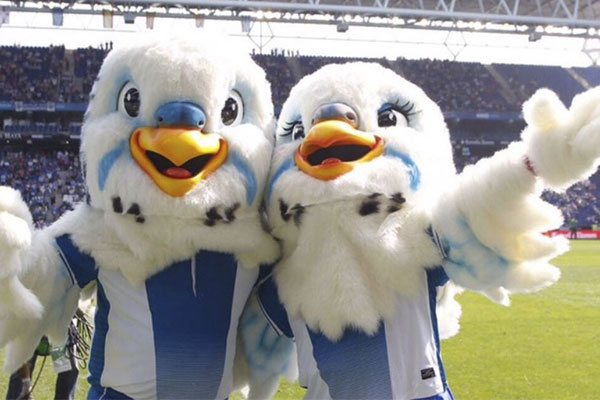
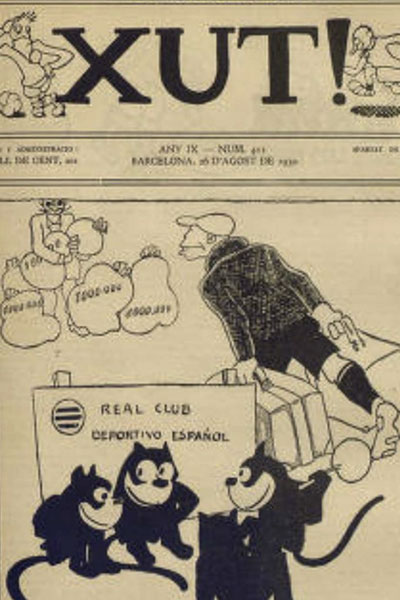
5. Real Madrid – Merengues or Vikingos
Already mentioned in chronicles of the beginning of the century as a merengue (meringue) club, it was the journalist and sports announcer Matías Prats Cañete who popularized the term in a clear allusion to the white color of the shirt.
Another of the best-known nicknames for Real Madrid is Vikings, and there are two stories behind where it came from.
The first dates from the performance of Real Madrid in the final of the 1960 European Cup, in which it would beat Eintracht Frankfurt 7-3. ‘The Times’ of London was to publish: “Real Madrid storms through Europe as if they were Vikings, demolishing everything in their path”.
The second explanation dates back to the ‘70’s when the then president of Real Madrid, Santiago Bernabeu, signed a lot of players from northern Europe such as Günter Netzer, Paul Breitner, Henning Jensen and Uli Stielike.

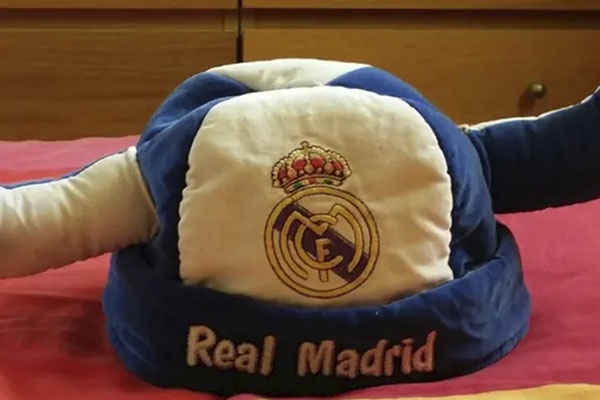
6. Valencia CF – Ches
To explain why the players and fans of Valencia CF have the nickname “che”, it is necessary to delve into the way Valencians speak and communicate. Che is a greeting commonly used in this region as a colloquial synonym for “hey”, which is very common in their conversations. This interjection is one of the most identifying characteristics of the Levantines with respect to the rest of Spain, so with the passage of time Valencia CF has come to be known throughout the country as the “che” team.
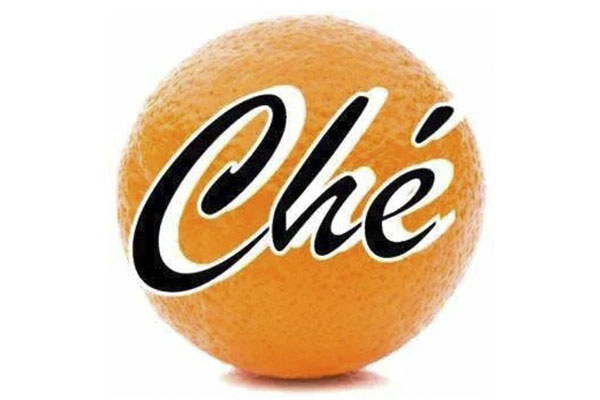
7. Villarreal CF – Submarino amarillo
We have to turn the clock back to the 1967-1968 season to discover why Villareal came to be known as the yellow submarine. At that time, the club from Villareal, close to Castellón, was hoping to move up to Third Division again, something they would achieve at the end of that season. In celebration of the promotion, in the stands at one of the ends, the Beatles song “Yellow Submarine” (1966) started up, with the fans singing their own version of the chorus in Spanish along the lines of “Yellow, the Submarine is, yellow is, yellow is”. Since the late 1960s, this song of the famous Liverpool group has been a hymn at the Madrigal stadium.
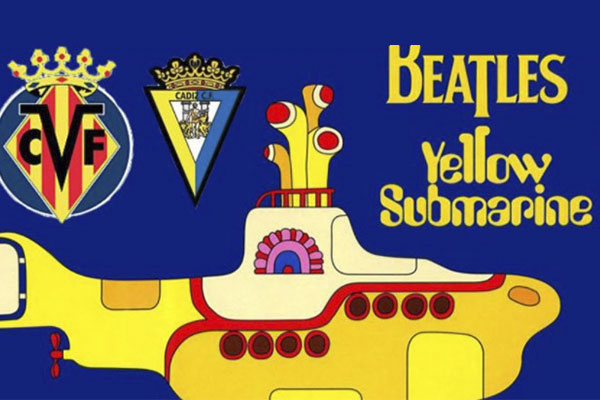
8. Deportivo Alavés – Babazorros
Babazorro is a nickname often given to the inhabitants of Álava as well. The most popular of the explanations of the meaning of babazorro is that the word derives from a fusion of two words in Basque: baba (bean, in Spanish) and zorro (sack). In Álava there was a long tradition of the cultivation of this foodstuff (beans) and those who made this their livelihood began to be known as babazorros.
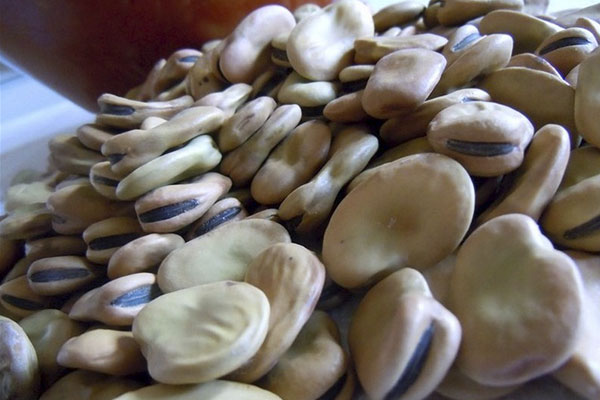
9. CD Leganés – Pepineros
This Madrid club customarily presents the team visiting their Butarque home-ground with a basket of cucumbers. So, what’s with the cucumbers? Leganés was an agricultural town of around 6,000 inhabitants that supplied the Spanish capital with food, and the cucumber was the star product of the area. So every time the Leganés farmers went to market, people around them would shout: “The cucumber guys are coming!”
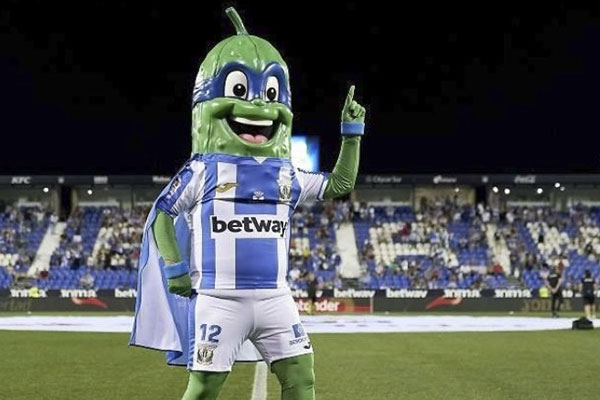
10. Levante UD – Granotas
The Valencian team is known as the “granotas”, a kind of frog in Valencian. The origin of this nickname dates back to the end of the Spanish Civil War in 1939 when the two clubs of Levante and Gimnástico decided to merge into one. The Gimnàstico field where Levante would begin to play their matches was near the Turia river, where there were a large number of frogs.
